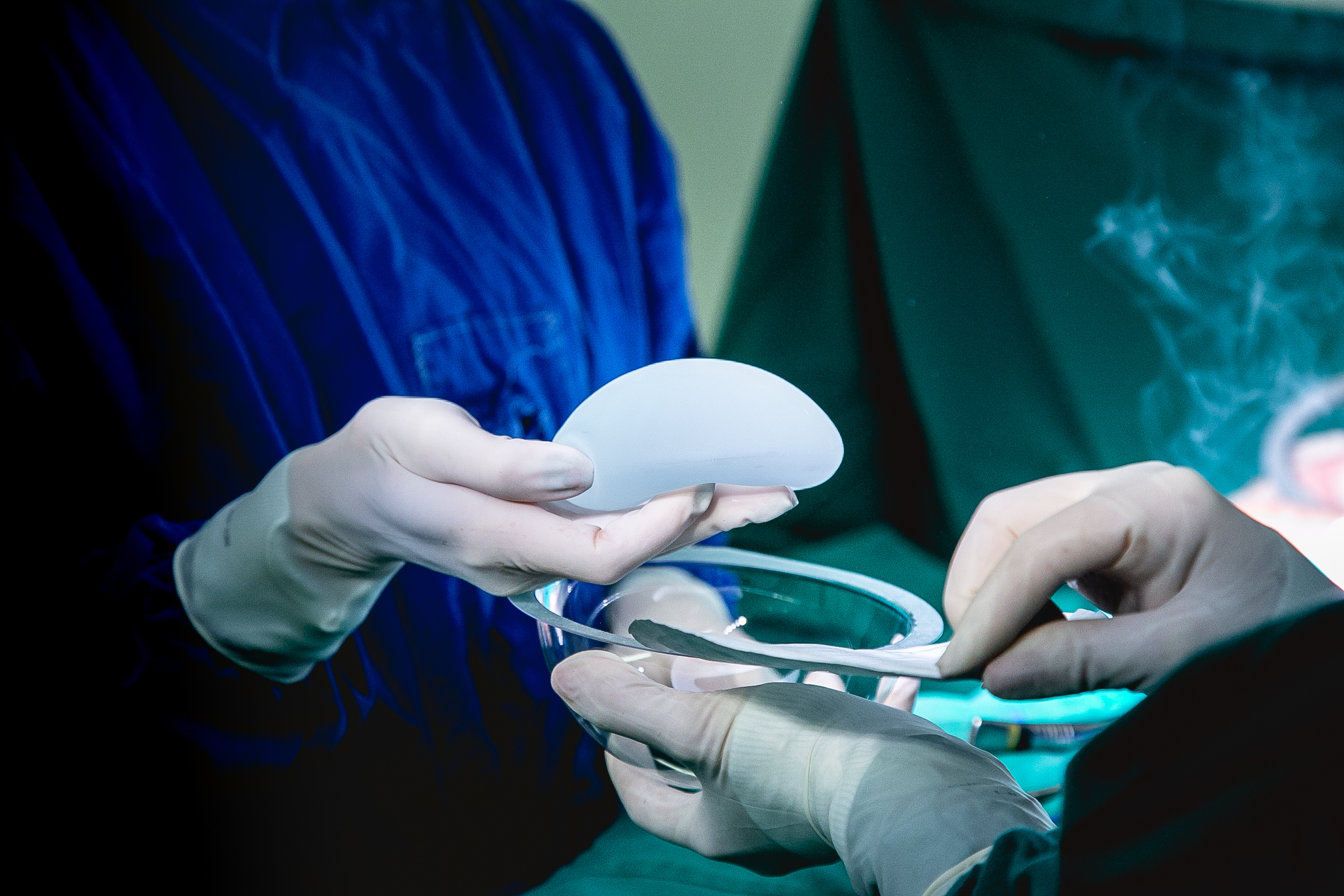Breast implant over or under the muscle? Check the differences.
Breast prostheses are increasingly popular among women who want to correct imperfections, increase the size and volume of their breasts, helping to improve their self-esteem.
However, it is common for many women to have questions about breast implants, and it is essential to seek adequate information. After all, the procedure involves surgery and it is important to be well-informed about all stages of the process. One of the common doubts is about the placement of the prosthesis, whether it should be positioned above or below the pectoral muscle, and how this can influence the outcome of the surgery.
Breast implant placement offers two main options: above the breast muscle (subglandular placement) or below the breast muscle (submuscular placement). These approaches differ in the position the implant is placed in relation to the pectoralis major muscle.
Subglandular placement (above the muscle): In this technique, the implant is placed between the mammary glands and the pectoralis major muscle. This means that the implant is positioned just below the mammary gland, without direct muscle coverage. This approach may result in a faster recovery and less postoperative discomfort, as it does not involve pectoral muscle manipulation. Also, some women prefer this option because they believe it provides a more natural look, especially when there is an adequate amount of breast tissue.
Submuscular (below the muscle) placement: In this method, the implant is placed partially or completely under the pectoralis major muscle. The surgeon creates a space for the implant between the muscle and the ribs. This approach can provide additional coverage for the implant, resulting in a smoother appearance and greater tissue thickness over the implant. This can be beneficial in women with a limited amount of breast tissue of their own, as the muscle provides an extra layer of coverage.
It is important to emphasize that the choice of breast implant placement depends on several factors, such as the patient’s individual anatomy, the amount of existing breast tissue, the desired aesthetic preference and the plastic surgeon’s recommendations. It’s important to discuss your options with a plastic surgeon, who will be able to assess your specific situation and recommend the approach that’s right for you.

